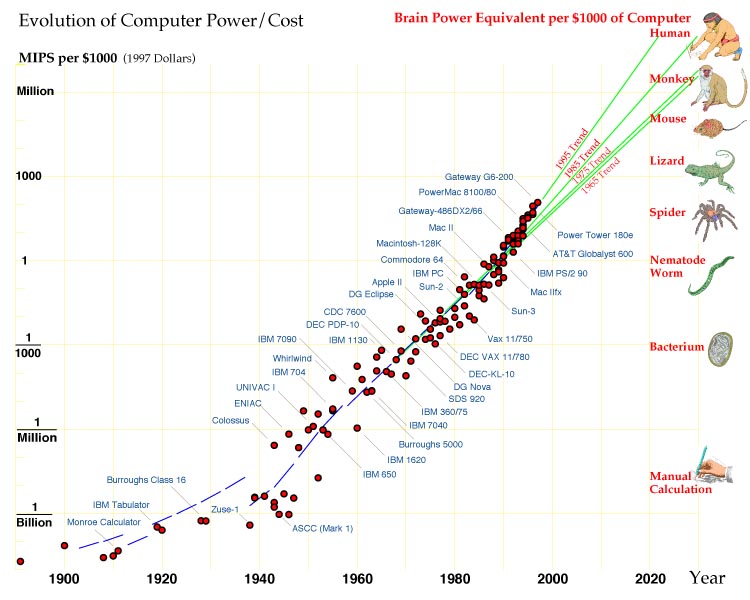
This is just one of our Always Amazed stories, answering your questions about the world of business, big or small. Have you ever wondered if it's worth recycling? Or how do private labels compare to well-known brands? See more of the series here.
Listener Mike Seander from Brooklyn, Maine asks:
The last four laptops I bought cost around $2,000 and were workstation replacements—great machines for running computer-aided design programs. The quality of each notebook line has improved, which seems to confirm the notion that innovation drives down the cost of technology. But surprisingly, they all cost the same. In the tech industry, is value based on what the consumer pays, not how much the device costs to make?
Inflation dominated economic news at the highest level in four decades. Consumer prices rose at an annual rate of 8.3% in August. However, computers fall into a category known as general inflation.
"That means they're going to get cheaper over time," said Avi Greengart, president and principal analyst at Exponential. "As engineers and scientists improve technology and add this new technology to your new laptop, it makes sense that the price seems stable."
For high-end flagship laptops, look for prices ranging from $1,000 to $1,500. Some advanced machines with larger memory capacity and better graphics can cost upwards of $2,000. Greengart added that most people still buy laptops for less than $800, and many school districts that buy computers in bulk sell 200 Chromebooks.
So it costs more to buy a higher-end laptop, but prices for same-tier products tend to fluctuate in the same range over time, says Carolina Milanesi, president and principal analyst at Creative Strategies. .
The price of Greengart's computers is controversial because it follows Moore's Law, named for Gordon Moore, co-founder of Intel Corporation, which describes how advances in semiconductor technology reduce the cost of computing power.
"Over time, engineers and scientists have been able to fit more transistors on a chip," Greengart said.
"Making these chips smaller creates a bigger, better product, allowing them to stay at or below the same price with higher performance over time," he added. “Usually these products get better and cheaper over time. And manufacturers are trying to make it better so you can keep spending the same money.”
Tom Mainelli, vice president of IDC's Device and Consumer Research Group, noted that the PC market is very competitive.
"If someone is selling their product at a higher price than a comparable product, it can be hard to sell," he said.
The epidemic and the cost of technology
Experts noted that the pandemic, which has pushed people out of offices and other gathering places, has changed some consumption habits.
For example, you may need a better webcam, Greengart says, thanks to remote work and limited face-to-face interactions. And some consumers have turned to high-end laptops for their gaming prowess.
Before the Covid-19 crisis, Milanesi said, consumers may not have looked beyond the $1,000 price tag and upgraded their computers in years.
"The computer was probably in our home office or bedroom. We go there to do things like our taxes or things that aren't necessarily fun," Milanesi said. "Then during the Covid season, we started to do more in terms of entertainment and productivity."
Because people were staying home, not traveling or eating out, they felt they needed a new computer to make the most of their limited lifestyle, said IDC's Mainelli.
At the time of the outbreak, according to Greengart, there was a shortage of graphics cards that made it difficult to supply computers. But that trend has changed in the last six to 12 months, as the cryptocurrency crisis has depleted these cards.
"Now we are seeing better supply and lower demand," he said. Most purchases in 2022 or 2023 are must-haves in 2020 and 2021, so getting a laptop is pretty easy.
The global chip shortage has prompted some companies to raise the price of their products by as much as $50 in the first half of 2021, The Wall Street Journal reports. The Consumer Price Index for computers, peripherals (such as monitors and printers), and smart home devices showed that prices rose from the start of the pandemic through early 2022 and are now falling.
Milanesi said that during the epidemic, vendors were careful about supply and didn't want to change prices too much, so they chose to keep only a limited number of computers.
"What he saw was that consumers were buying what was available," he said.
IDC's Mainelli reiterated that point, saying average retail prices can be misleading because people bought better PCs during the pandemic than they did three or five years ago.
In other words, the manufacturers did not raise the price of a computer from $500 to $1,000. Consumers bought these $1,000 PCs for the reasons outlined above: limited supply at the low end and a desire to work and play on more powerful computers while stuck at home.
"If you're a computer vendor and you say, 'Okay, I can only make 100 laptops. Should I make 100 of the cheapest laptops or 100 of the most expensive?' You can imagine how they would react," Menally said.
Many things are happening in the world. The market is there for you.
They trust the market to break down world events and tell you how they affect you in a factual and accessible way. To make this possible, we depend on your financial support.
Your donation today supports the independent journalism you trust. For $5 a month, you can help run the marketplace so we can report on the things that matter to you.
